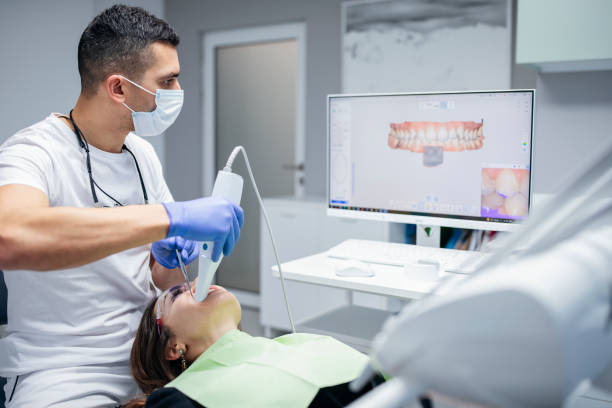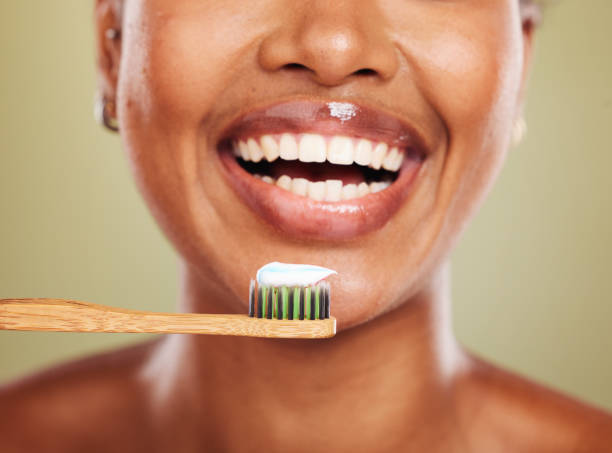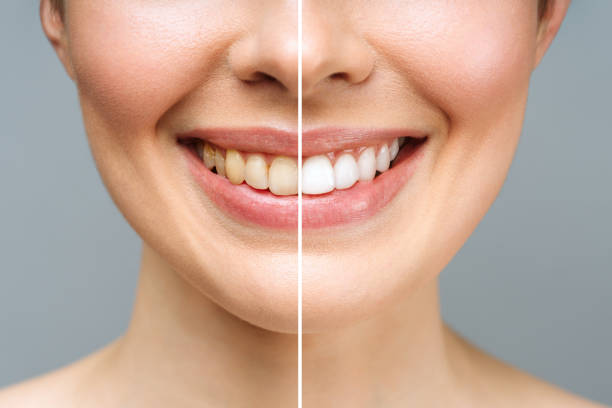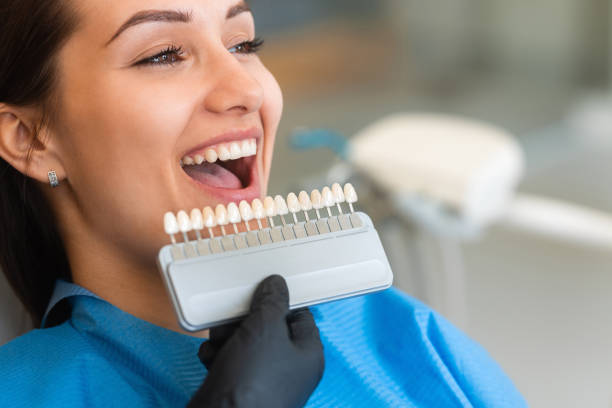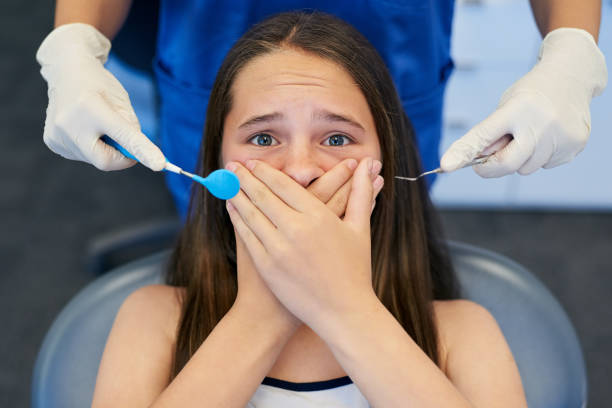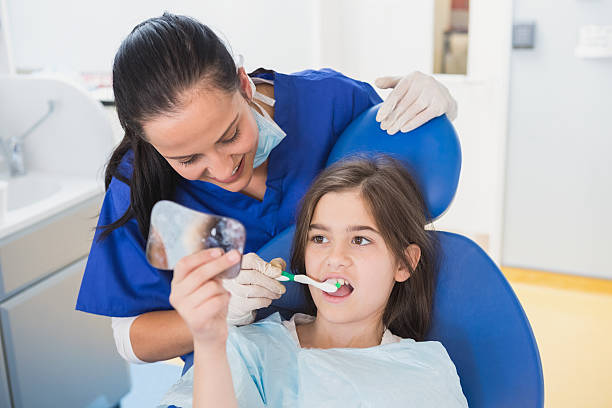Call Us Today
Advancements in Dental Implant Innovations: Enhancing Smiles and Quality of Life

In recent years, dental implant technology has undergone remarkable advancements, revolutionizing the field of restorative dentistry. These innovations have not only improved the efficacy and longevity of dental implants but have also enhanced patient comfort and satisfaction. From faster procedures to more natural-looking results, let’s delve into the exciting developments in dental implant innovations that are transforming smiles and boosting confidence.
- Same-Day Implants: One of the most significant innovations in dental implantology is the introduction of same-day implants, also known as immediate implants. Traditionally, the process of getting dental implants involved multiple appointments spread over several months. However, with same-day implants, patients can walk out of the dental office with a new tooth or set of teeth in just one visit. This advancement is made possible by combining state-of-the-art imaging technology, such as cone-beam computed tomography (CBCT), with computer-aided design and manufacturing (CAD/CAM). By precisely planning the implant placement and fabricating custom restorations on-site, dentists can streamline the entire process, saving patients time and minimizing discomfort.
- Mini-Implants: Mini dental implants (MDIs) are another noteworthy innovation that has gained popularity in recent years, particularly for patients with insufficient bone density or those seeking less invasive treatment options. These implants are smaller in diameter compared to traditional implants, making them suitable for areas where space is limited, such as narrow ridges or areas with minimal bone volume. Despite their reduced size, mini-implants offer comparable stability and functionality, providing a viable solution for securing dentures, bridges, or single-tooth replacements. Furthermore, the minimally invasive nature of mini-implant placement often results in faster healing times and reduced post-operative discomfort for patients.
- Advanced Materials and Surface Modifications: The materials used in dental implant construction have also evolved to improve osseointegration—the process by which the implant fuses with the surrounding bone. Modern dental implants are typically made from biocompatible materials such as titanium or zirconia, known for their durability and compatibility with the human body. In addition to the choice of material, surface modifications have been developed to enhance implant stability and promote faster healing. Surface treatments such as plasma spraying, sandblasting, and acid etching create micro- and nano-scale textures on the implant surface, increasing its surface area and improving bone-to-implant contact. These advancements contribute to better long-term outcomes and lower risk of implant failure, ensuring that patients can enjoy their new smiles for years to come.
In conclusion, the field of dental implantology continues to evolve rapidly, thanks to ongoing research and technological innovations. From same-day implants to mini-implants and advanced surface modifications, these advancements are reshaping the landscape of restorative dentistry, offering patients more efficient, comfortable, and aesthetically pleasing solutions for tooth replacement. As these technologies continue to mature, dental professionals can look forward to providing even more tailored and predictable treatment options, ultimately enhancing the quality of life for countless individuals who rely on dental implants to restore their smiles and confidence.
